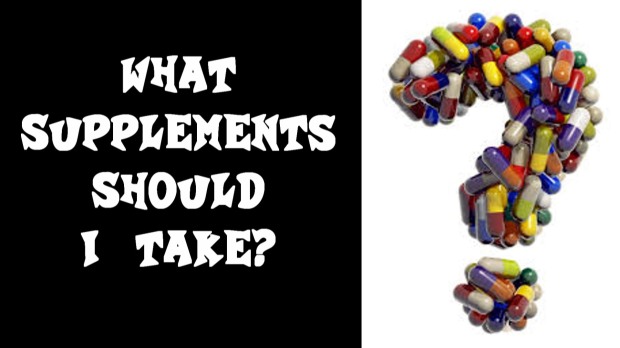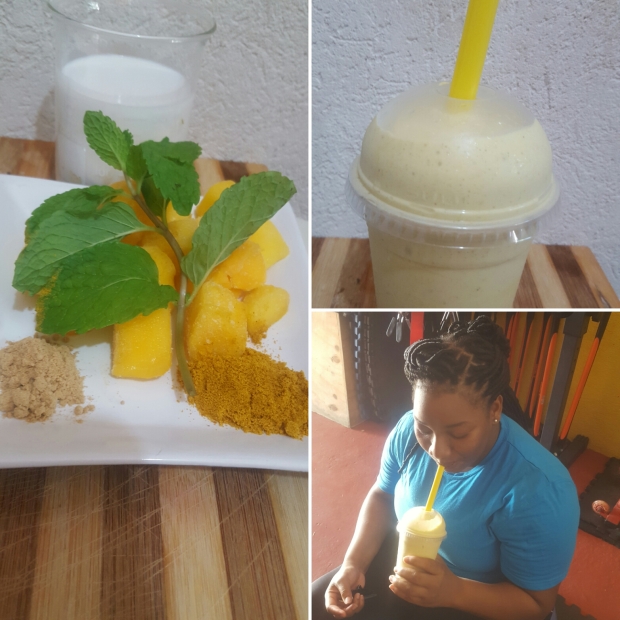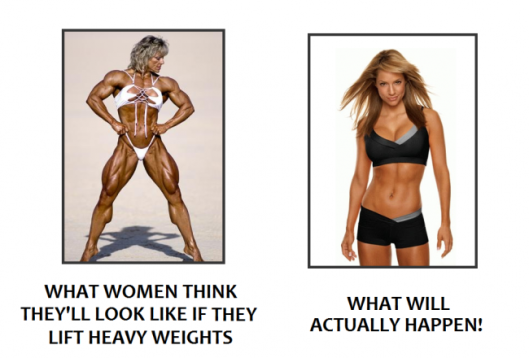Stardate: 18th April, 2016
Greetings!!

As many of you would know, I’m not big on supplements. When asked “hey bro. Should I take [*inserts name of popular go-to fad*]”, my reply is always a blunt two-pronged one:
1: “I don’t take that stuff… I eat food. Lots of it.”
2: “Supplements… should supplement your diet. Novel idea. I know.”
The stuff I actually DO use isn’t fancy. It’s functional.
i.e. It’s the stuff nobody really cares about: the stuff that helps your gut et. al. work better. Why should YOU care about ’em though?
Simple: Gut health is everything. The gut impacts the immune system, the brain, our ability to gain muscle and mobilise fat stores, the quality of our sleep and skin. I mean, holy shit, why would you NOT be interested?
Let’s get down to it!
Here are my mainstays, and a couple notable mentions:
- ‘Colon Cleanse Powder’
…aka Psyllium Husk Powder. This product is usually sold as a laxative. But, that’s secondary. I don’t believe in the whole ‘colon cleansing’ notion… but I do recognise that most of the population suffers from a too-low fibre intake. Even dieters, who are eating loads of ‘bush’ (lol) often complain of constipation and the like. The average person, for one, severely underestimates the amount of fibre they eat and need… and it doesn’t help that shady companies represent the minuscule amounts of fibre in their products as something monumental. “Oh. Eat my cereal. It’s fiber enriched! 1 gram of fiber per serving (of 20 grams of sugar and other useless shit)!” What the fuck man?!
Guidelines indicate that we should be taking in 30 grams of fibre per day. i.e. 10-15 grams per 1000 calories. Most of us struggle to get in TEN grams per 2000-3000 calories. That’s crazy!
That. Is. Crazy.
Enter psyllium. One tablespoon gives you 5 grams of fibre. Personally, I blend 3 tablespoons in to my smoothie… and I’m currently up to 5 tablespoons per day.
Try 3 tablespoons per day, plus a couple servings of broccoli, kidney beans, and/or oatmeal spread over the day, and you’re set! 30 grams easy!
2. Probiotics
One of the things I’ve noticed about adulthood is the prevalence of digestive issues. And, it affects all of us… even the fitness personalities like myself. Stress is a major contributor. It absolutely wrecks the gut. For one, it affects the balance of ‘good’ bacteria to ‘bad’. As this bacteria influences the immune system, we can generally say ‘Stress affects the immune system!’
If it were only stress though, this section of today’s article would be a lot shorter.
Unfortunately friends, our gut flora gets attacked from multiple other angles. Stress, the overconsumption of sugar and starch, wanton overprescription of antibiotics, the absence of prebiotics (i.e. fibre), Exercise (or its absence). Tonnes of stuff really.
A good probiotic is essential shit!
Pun.
3. Digestive enzymes (especially proteolytic ones like bromelain)
I’ve noticed, particularly in new clients, a lot of younger people are complaining about bloat, indigestion, gas… and generally feeling like their food just sits there. Some of them have that lower tummy pouch going on. But, upon pinching the skin there, one realises that it isn’t usually fat. It is legitimate bloat.
I mentioned the prevalence in younger people, because the above used to be an older person’s ailment: Usually an age-related decline in enzyme production, and quality (i.e. the elasticity of the actual enzyme’s protein – blah, blah, blah, science stuff). Nowadays, we’re living longer… but we seem to be aging faster. At least, our organs seem to be.
Fixing the diet, reducing stress, and adding digestive enzymes helps. Not just from the digesting of food standpoint (- which is pretty fucking major as a standalone). Naw… the addition of dietary enzymes can also reduce systemic inflammation. And, this means, enzymes can potential reduce our risk of diseases we shouldn’t even have been at risk for in the first place.
Anyhoo… That there is a rant for another time.
Back on topic: I like bromelain. I use a lot of it. I’ve used it to recover from injuries, swelling, soft tissue damage, and poor digestion.
If you try only one supplement. Try this.
And… while we’re on the topic of inflammation:
4. Quercetin
Quercetin, is basically a plant pigment… a flavonoid, with SERIOUS antioxidative power, found in richly coloured fruits.
Being a great antioxidant aside, it’s also a powerful anti-inflammatory (which means it can potentially help mitigate inflammation-based diseases such as insulin resistance, heart disease, arthritis etc.). It’s also proven to help with allergies, pain, and boost endurance.
Holy shit right?!
I use 1000mg per day. I don’t know if I’ll live longer. But I sure as hell plan on doing everything I can to improve my quality of life!
*pops another cap*
5. Chromium Polynicotinate.
I’ve written about chromium EXTENSIVELY in the past. For about 2 decades, it’s been a mainstay in my supplement regime. I can’t say enough about it’s benefits. But, I’ll rehash anyway:
It may aide in longevity.
It may improve insulin/carbohydrate sensitivity.
It may improve body composition.
It may [blah, blah, blah, yadda, yadda, super-cool stuff!]!
Bottom line? Chromium is an awesome addition… especially in a population, like ours, whose diets are so starch heavy! I mean, who DOESN’T want to be leaner, healthier, and better able to process carbohydrates? AND it’s cheap. Who doesn’t like not breaking the bank?!
*pauses for dramatic effect*
That’s it!
Hit the health store!
I’ll see you at bootcamp tomorrow!
Yours in fitness,
– Corey Springer
Apollo Fitness Barbados
http://www.GetNarked.net








